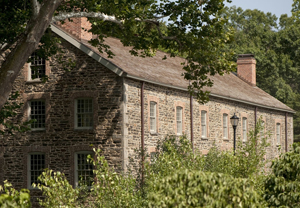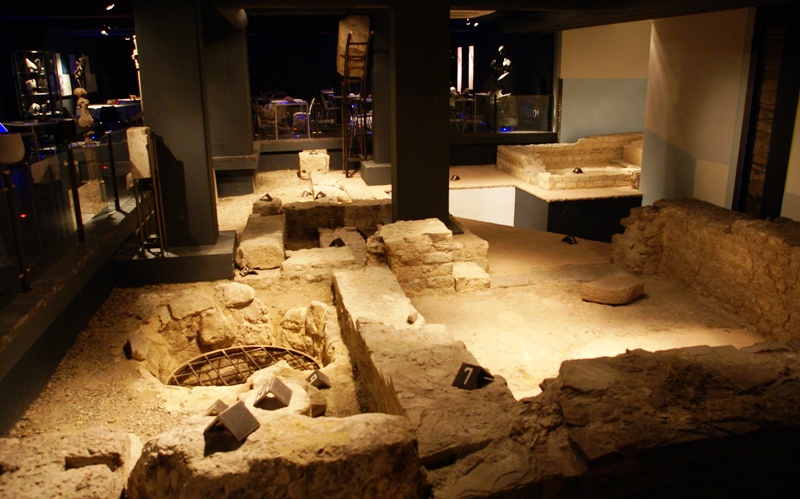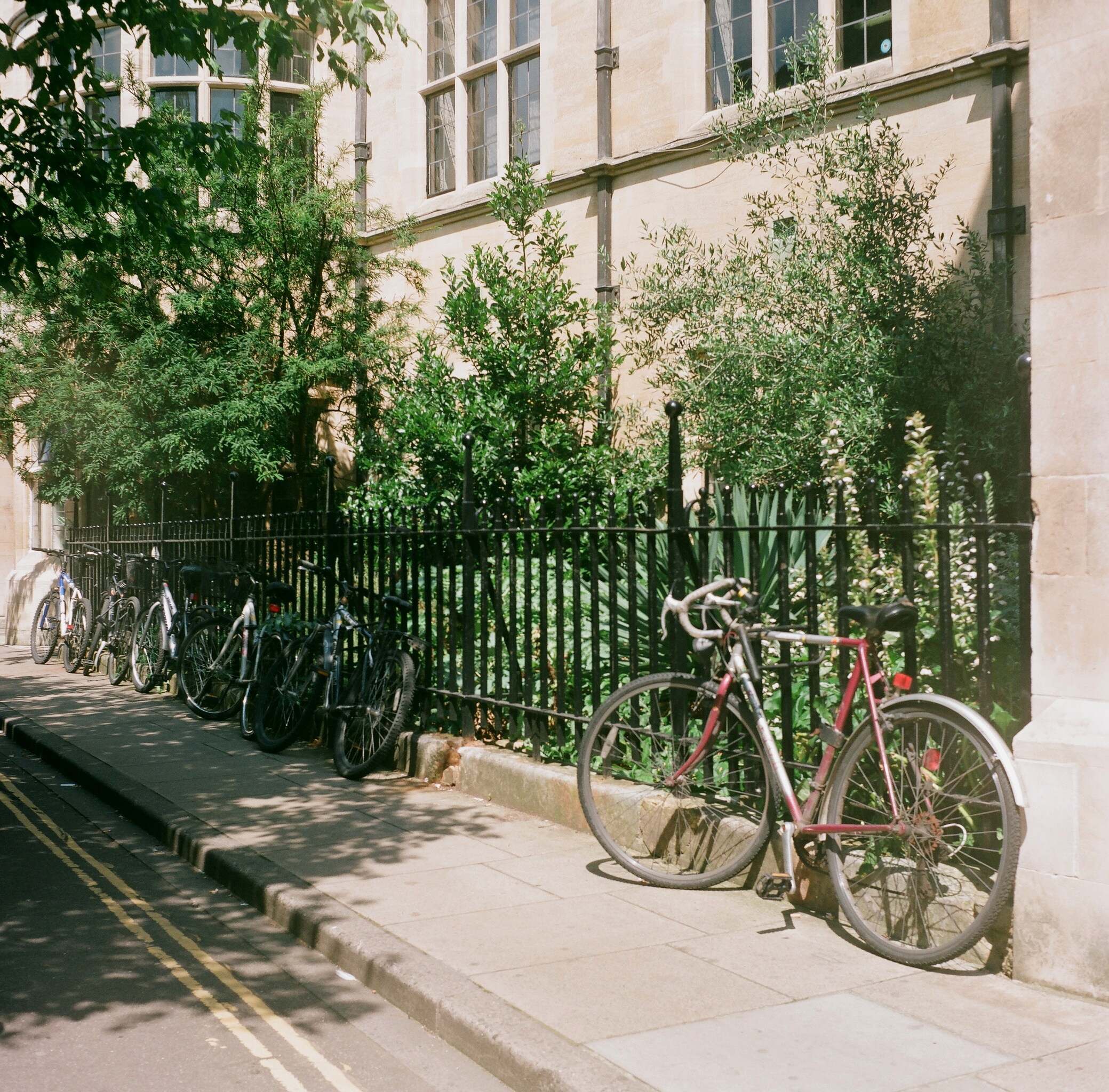|
Ulmus Minor 'Pendula'
The Field Elm cultivar ''Ulmus minor'' 'Pendula' was said to have been raised in Belgium in 1863. It was listed as ''Ulmus sativa pendula'' by C. de Vos in 1887, and by Boom in 1959 as a cultivar. Herbarium specimens confirm that more than one field elm clone has been distributed as 'Pendula'. Henry (1913) distinguished "the true var. ''pendula''", with its "dense crown of foliage", from a cultivar Kew called ''U. glabra'' Mill. ''pendula nova'', "a common form of ield elmwith drooping branches". The van Houtte nursery of Ghent distributed an ''U. campestris pendula'' from the 1880s, as did various English nurseries, while Späth's of Berlin marketed a small-leaved ''U. campestris suberosa pendula'' Hort. from the 1890s. Krüssman (1984) equated ''U. minor'' 'Pendula' with an ''U. campestris wentworthii'', confusing it with the hybrid Wentworth Weeping Elm. Description The tree has slender pendulous branches, with leaves "smooth and glossy above and strongly glandular ... [...More Info...] [...Related Items...] OR: [Wikipedia] [Google] [Baidu] |
Ulmus Minor
''Ulmus minor'' Mill., the field elm, is by far the most polymorphic of the European species, although its taxonomy remains a matter of contention. Its natural range is predominantly south European, extending to Asia Minor and Iran; its northern outposts are the Baltic islands of Öland and Gotland, although it may have been introduced by humans. The tree's typical habitat is low-lying forest along the main rivers, growing in association with oak and ash, where it tolerates summer floods as well as droughts.Heybroek, H. M., Goudzwaard, L, Kaljee, H. (2009). ''Iep of olm, karakterboom van de Lage Landen'' (:Elm, a tree with character of the Low Countries). KNNV, Uitgeverij. Current treatment of the species owes much to Richens, who noted (1983) that several varieties of field elm are distinguishable on the European mainland. Of these, he listed the small-leaved ''U. minor'' of France and Spain; the narrow-leaved ''U. minor'' of northern and central Italy; the densely hairy lea ... [...More Info...] [...Related Items...] OR: [Wikipedia] [Google] [Baidu] |
List Of Botanists By Author Abbreviation (W–Z)
__NOTOC__ A–V To find entries for A–V, use the table of contents above. W * W.A.Archer – William Andrew Archer (1894–1973) * W.A.Bell – Walter Andrew Bell (1889–1969) * W.A.Clark – William Andrew Clark (1911–1983) * W.A.Clarke – William Ambrose Clarke (1841–1911) * Waddell – Coslett Herbert Waddell (1858–1919) * Wade – Walter Wade (1760–1825) * Wadhwa – Brij Mohan Wadhwa (1933–2009) * Wad.Khan – M. A. Wadood Khan (1944–2023) * Waga – Jakub Ignacy Waga (1800–1872) * Wagenitz – (1927–2017) * Wagstaff – Steven J. Wagstaff ( fl. 1998) * Wahl – Herbert Alexander Wahl (1900–1975) * Wahlenb. – Göran Wahlenberg (1780–1851) * Waisb. – Anton Waisbecker (1835–1916) * Waldst. – Franz de Paula Adam von Waldstein (1759–1823) * Wall. – Nathaniel Wallich (1786–1854) * Wallace – Alfred Russel Wallace (1823–1913) * Wallander – Eva Wallander (born 1968) * Wallays – Antoine Charles François Wallays (1812 ... [...More Info...] [...Related Items...] OR: [Wikipedia] [Google] [Baidu] |
William T
William is a masculine given name of Norman French origin.Hanks, Hardcastle and Hodges, ''Oxford Dictionary of First Names'', Oxford University Press, 2nd edition, , p. 276. It became very popular in the English language after the Norman conquest of England in 1066,All Things William"Meaning & Origin of the Name"/ref> and remained so throughout the Middle Ages and into the modern era. It is sometimes abbreviated "Wm." Shortened familiar versions in English include Will, Wills, Willy, Willie, Liam, Bill, and Billy. A common Irish form is Liam. Scottish diminutives include Wull, Willie or Wullie (as in Oor Wullie or the play ''Douglas''). Female forms are Willa, Willemina, Wilma and Wilhelmina. Etymology William is related to the German given name ''Wilhelm''. Both ultimately descend from Proto-Germanic ''*Wiljahelmaz'', with a direct cognate also in the Old Norse name ''Vilhjalmr'' and a West Germanic borrowing into Medieval Latin ''Willelmus''. The Proto-Germa ... [...More Info...] [...Related Items...] OR: [Wikipedia] [Google] [Baidu] |
English Elm
The field elm (''Ulmus minor'') cultivar 'Atinia' , commonly known as the English elm, formerly common elm and horse may, Republished 1978 by EP Publishing, Wakefield. and more lately the Atinian elm was, before the spread of Dutch elm disease, the most common field elm in central southern England, though not native there, and one of the largest and fastest-growing deciduous trees in Europe. R. H. Richens noted that elm populations exist in north-west Spain and northern Portugal, and on the Mediterranean coast of France that "closely resemble the English elm" and appear to be "trees of long standing" in those regions rather than recent introductions. Augustine Henry had earlier noted that the supposed English elms planted extensively in the Royal Park at Aranjuez from the late 16th century onwards, specimens said to have been introduced from England by Philip IIRichens, R. H., ''Elm'' (Cambridge, 1983), p.276 and "differing in no respects from the English elm in England", be ... [...More Info...] [...Related Items...] OR: [Wikipedia] [Google] [Baidu] |
New York Botanical Garden
The New York Botanical Garden (NYBG) is a botanical garden at Bronx Park in the Bronx, New York City. Established in 1891, it is located on a site that contains a landscape with over one million living plants; the Enid A. Haupt Conservatory, a greenhouse containing several habitats; and the LuEsther T. Mertz Library, which contains one of the world's largest collections of botany-related texts. , over a million people visit the New York Botanical Garden annually. NYBG is also a major educational institution, teaching visitors about plant science, ecology, and healthful eating through NYBG's interactive programming. Nearly 90,000 of the annual visitors are children from underserved neighboring communities. An additional 3,000 are teachers from New York City's public school system participating in professional development programs that train them to teach science courses at all grade levels. NYBG operates one of the world's largest plant research and conservation programs. NYBG ... [...More Info...] [...Related Items...] OR: [Wikipedia] [Google] [Baidu] |
Ulmus Minor 'Microphylla Pendula'
The Field Elm cultivar ''Ulmus minor'' 'Microphylla Pendula', the Weeping small-leaved elm,Ellwanger & Barry, ''Descriptive Catalogue of Hardy Ornamental Trees ... at the Mount Hope Nurseries'' (Rochester, N.Y., 1875) was first listed by the Travemünde nursery, Lübeck, and described by Kirchner in Petzold & Kirchner's ''Arboretum Muscaviense'' (1864), as ''Ulmus microphylla pendula'' Hort.. By the 1870s it was being marketed in nurseries in Europe and America as ''Ulmus campestris'' var. ''microphylla pendula''. Not to be confused with Schneider's suberose cultivar 'Propendens'. Kew's ''U. campestris'' var. ''microphylla pendula'' (1896 Hand List) was equated with 'Propendens' by Henry (1913), who called it "a form of ''Ulmus nitens'' var. ''suberosa''", and by Rehder (1949), and was classed by Melville as a nothomorph of 'Sarniensis'.Melville, R. (1978). On the discrimination of species in hybrid swarms with special reference to ''Ulmus'' and the nomenclature of ''U. m ... [...More Info...] [...Related Items...] OR: [Wikipedia] [Google] [Baidu] |
Rutherford, New Jersey
Rutherford is a Borough (New Jersey), borough in Bergen County, New Jersey, Bergen County, New Jersey, United States. As of the 2020 United States Census, the borough's population was 18,834. Rutherford was formed as a borough by an act of the New Jersey Legislature on September 21, 1881, from portions of Union Township, Bergen County, New Jersey, Union Township, based on the results of a referendum held on the previous day.Snyder, John P''The Story of New Jersey's Civil Boundaries: 1606-1968'' Bureau of Geology and Topography; Trenton, New Jersey; 1969. p. 86. Accessed February 2, 2012. The borough was named for John Rutherfurd, a U.S. Senator who owned land in the area. Rutherford has been called the "Borough of Trees" and "The First Borough of Bergen County", and is known as well for its pedestrian-focused downtown area adjacent to the borough's Bergen Line (New Jersey Transit) railway station. History The ridge above the New Jersey Meadowlands upon which Rutherford sits wa ... [...More Info...] [...Related Items...] OR: [Wikipedia] [Google] [Baidu] |
North America
North America is a continent in the Northern Hemisphere and almost entirely within the Western Hemisphere. It is bordered to the north by the Arctic Ocean, to the east by the Atlantic Ocean, to the southeast by South America and the Caribbean Sea, and to the west and south by the Pacific Ocean. Because it is on the North American Plate, North American Tectonic Plate, Greenland is included as a part of North America geographically. North America covers an area of about , about 16.5% of Earth's land area and about 4.8% of its total surface. North America is the third-largest continent by area, following Asia and Africa, and the list of continents and continental subregions by population, fourth by population after Asia, Africa, and Europe. In 2013, its population was estimated at nearly 579 million people in List of sovereign states and dependent territories in North America, 23 independent states, or about 7.5% of the world's population. In Americas (terminology)#Human ge ... [...More Info...] [...Related Items...] OR: [Wikipedia] [Google] [Baidu] |
Dutch Elm Disease
Dutch elm disease (DED) is caused by a member of the sac fungi (Ascomycota) affecting elm trees, and is spread by elm bark beetles. Although believed to be originally native to Asia, the disease was accidentally introduced into America, Europe, and New Zealand. In these regions it has devastated native populations of elms that did not have resistance to the disease. The name "Dutch elm disease" refers to its identification in 1921 and later in the Netherlands by Dutch phytopathologists Bea Schwarz and Christine Buisman, who both worked with professor Johanna Westerdijk. The disease affects species in the genera ''Ulmus'' and ''Zelkova''; therefore it is not specific to the Dutch elm hybrid. Overview Dutch elm disease (DED) is caused by ascomycete microfungi.Ascomycetes: Phylum Ascomycota< ... [...More Info...] [...Related Items...] OR: [Wikipedia] [Google] [Baidu] |
Maastricht
Maastricht ( , , ; li, Mestreech ; french: Maestricht ; es, Mastrique ) is a city and a municipality in the southeastern Netherlands. It is the capital and largest city of the province of Limburg. Maastricht is located on both sides of the Meuse ( nl, Maas), at the point where the Jeker joins it. Mount Saint Peter (''Sint-Pietersberg'') is largely situated within the city's municipal borders. Maastricht is about 175 km south east of the capital Amsterdam and 65 km from Eindhoven; it is adjacent to the border with Belgium and is part of the Meuse-Rhine Euroregion, an international metropolis with a population of about 3.9 million, which includes the nearby German and Belgian cities of Aachen, Liège and Hasselt. Maastricht developed from a Roman settlement (''Trajectum ad Mosam'') to a medieval religious centre. In the 16th century it became a garrison town and in the 19th century an early industrial centre. Today, the city is a thriving cultural and regional hub. It ... [...More Info...] [...Related Items...] OR: [Wikipedia] [Google] [Baidu] |
Cambridge University Botanic Garden
The Cambridge University Botanic Garden is a botanical garden located in Cambridge, England, associated with the university Department of Plant Sciences (formerly Botany School). It lies between Trumpington Road to the west, Bateman Street to the north and Hills Road to the east. The garden covers an area of 16 hectares (40 acres). The site is almost entirely on level ground and in addition to its scientific value, the garden is highly rated by gardening enthusiasts. It holds a plant collection of over 8,000 plant species from all over the world to facilitate teaching and research. The garden was created for the University of Cambridge in 1831 by Professor John Stevens Henslow (Charles Darwin's mentor) and was opened to the public in 1846. The third-highest temperature recorded in the UK, 38.7 °C (101.7 °F), was recorded on 25 July 2019 at the garden. History Walkerian Garden After several unsuccessful attempts during the 16th, 17th, and early 18th centurie ... [...More Info...] [...Related Items...] OR: [Wikipedia] [Google] [Baidu] |
William Jackson Bean
William Jackson Bean (26 May 1863 in Yorkshire – 19 April 1947 in Kew, Surrey) was a British botanist and plantsman, who was curator of Kew Gardens from 1922 to 1929. He was responsible for some of the present collections of trees and woody plants there. Bean began his career at Kew Gardens as a trainee gardener. He remained at Kew for over 45 years, reaching the position of curator in 1922. Bean wrote a history of Kew Gardens, which was published in 1908. He wrote the first two-volume edition of the reference work ''Trees and Shrubs Hardy in the British Isles'', which was published in 1914. A revised four-volume edition of this work remains a standard reference work for woody plants grown in Britain today. Bean retired from Kew in 1929. In his retirement Bean wrote three other books: ''Shrubs for Amateurs'' in 1924, ''Ornamental Trees for Amateurs'' in 1925, and ''Wall Shrubs and Hardy Climbers'' in 1939. He also revised and expanded ''Trees and Shrubs'' several times. Bean ... [...More Info...] [...Related Items...] OR: [Wikipedia] [Google] [Baidu] |


.jpg)


